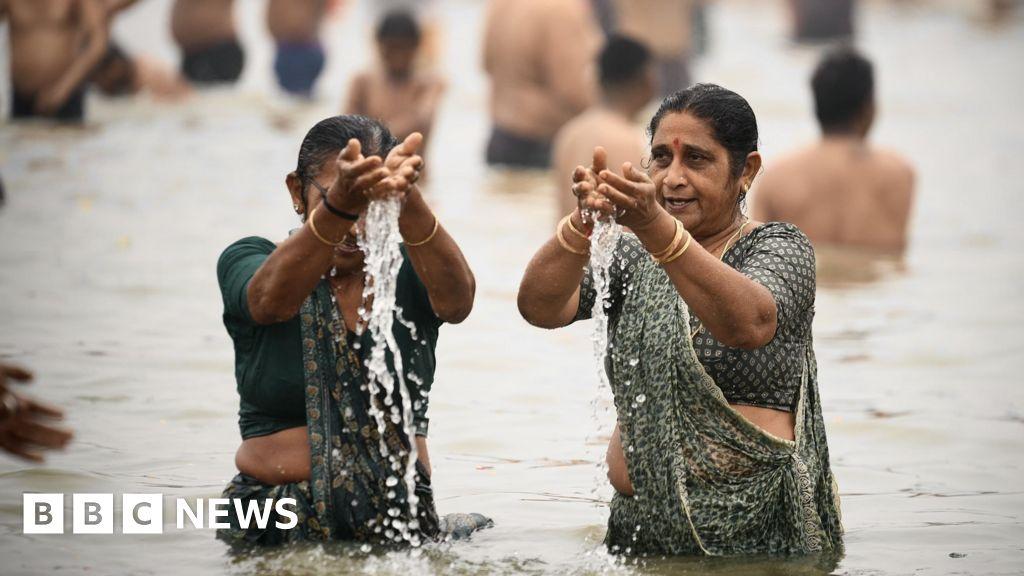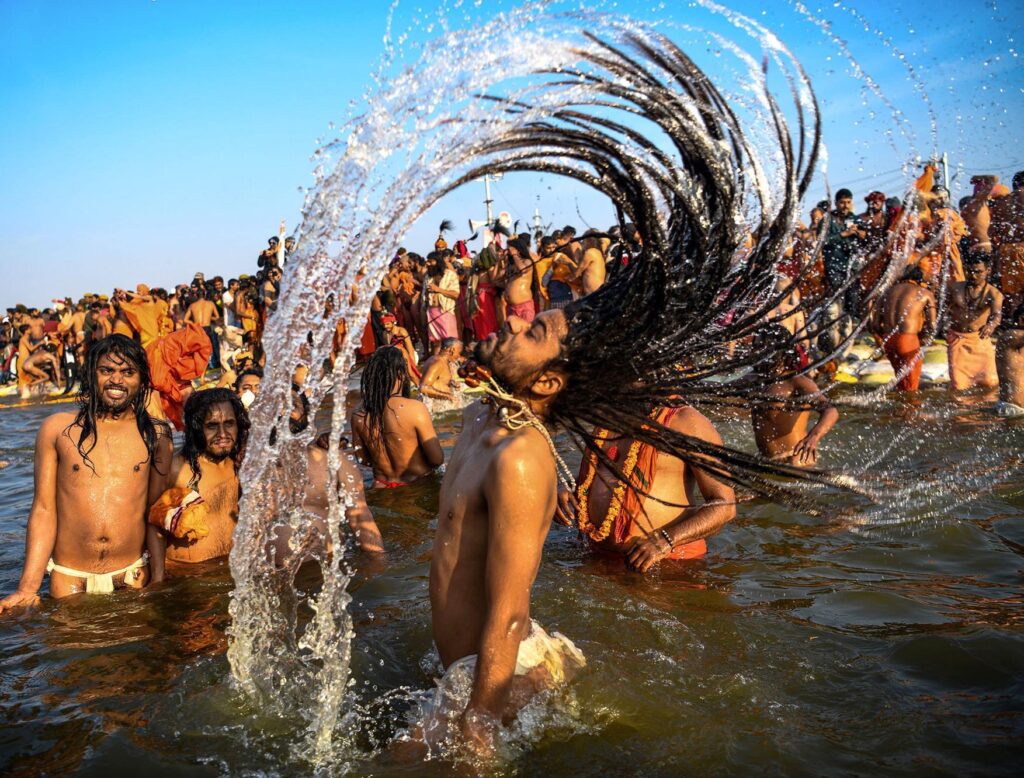As dawn breaks over the sacred waters, a sea of humanity converges—a living, breathing tapestry of devotion and ancient tradition. Kumbh Mela, India’s most monumental religious gathering, transforms riverbanks into a spiritual confluence where millions of pilgrims immerse themselves in waters believed to wash away sins and grant divine liberation. Spanning multiple states and drawing participants from every corner of the subcontinent, this extraordinary festival represents more than a religious ritual—it is a profound expression of collective faith that has endured for millennia, transcending social boundaries and connecting generations through a single, powerful act of spiritual cleansing. The sacred waters of the Ganges River surged with life as millions of devotees converged for the Kumbh Mela, transforming the landscape into a spiritual spectacle of extraordinary magnitude. Pilgrims from every corner of India arrived, their colorful attire creating a vibrant mosaic against the riverbanks, their faith transcending social boundaries and regional differences.
Uttar Pradesh became the epicenter of this massive religious gathering, with Prayagraj hosting an unprecedented confluence of humanity. Devotees walked barefoot, carrying minimal possessions, their determination etched into every step towards the holy waters. Sadhus with matted hair and saffron robes moved through the crowds, their presence adding to the mystical atmosphere.
The ritual of sacred bathing, known as ”Shahi Snan,” represented the pinnacle of spiritual cleansing. Participants believed that immersing themselves in the river would wash away sins and break the cycle of rebirth. Hindu mythology suggests that during this specific celestial moment, divine nectar once fell from a pitcher, transforming these waters into a pathway to spiritual liberation.
Elaborate ceremonies unfolded along the riverbanks, with priests performing intricate rituals and chanting ancient mantras. The air resonated with spiritual energy, creating an environment where tradition and devotion intertwined seamlessly. Thousands of temporary structures, makeshift kitchens, and community spaces emerged to support the massive gathering.
Security forces worked meticulously to manage the massive crowds, implementing sophisticated crowd control strategies. Medical camps, communication networks, and logistical support ensured the safety of millions of pilgrims navigating the complex spiritual landscape.
Beyond religious significance, the festival represented a profound cultural phenomenon. It showcased India’s ability to orchestrate one of the world’s largest peaceful gatherings, where diverse communities united under a shared spiritual experience. Anthropologists and sociologists observed the intricate social dynamics, documenting how ancient traditions continue to shape contemporary social interactions.
Economic implications were substantial, with local businesses thriving during the festival. Street vendors, transportation services, and hospitality sectors experienced unprecedented activity. The event generated millions in revenue, transforming the regional economic ecosystem.
Scientific researchers also found the gathering fascinating, studying crowd behavior, spiritual psychology, and the complex interactions between individual and collective consciousness. The Kumbh Mela represented more than a religious event—it was a living, breathing manifestation of cultural resilience and spiritual connectivity.
As the sacred waters reflected the morning light, millions completed their spiritual journey, carrying with them a sense of renewal and profound connection to something greater than themselves.

